“A book is like a journey, it begins with restlessness and ends with melancholy,” writes Javier Zafra at the beginning of Gastrosymbology. Deciphering the hidden keys in Jewish gastronomy (edited by Red de Juderías de España-Caminos de Sefarad). The book could be said to be the continuation of his previous publication, Sabores de Sefarad. The secrets of Judeo-Spanish gastronomy, where the author took us into the culinary traditions of the Jewish world in order to understand a part of our own history. “Jewish cuisine, although it may seem humble in its ingredients, is very rich in historical narrative, in food science, iconography and religiosity, in addition to being truly enchanting (tasty),” adds the author.
Speaking of the history of gastronomy, it has just been published Gastronomy culture in Spain (Aconcagua Books publishing house)by Ángel de Quinta Garrobo and Carmen Fernández Albéndiz, a manual for scholars, an invitation to travel in time by keeping track of the ways of relating to food throughout time: from the crudités prehistoric, to the first stew in history. From the kitchen before the Conquest, to the new recipe book created with products brought from America. Without a doubt, the best option for those looking for books with depth and criteria.
In relation to those products that came from America, the Hematocrítico (pseudonym used by the writer Miguel Ángel López González) asked in his book The kitchen is yours. Little school of life with the Hematocritic (Reservoir Books publishing house): What is the story behind a potato? Something seemingly so simple, served the author to open the eyes of the little ones, so that they learned to look with knowledge at the products in the market or in the pantry at home. “What is it, where does it come from and how do you eat tuna? What is the story behind an orange? What is the tradition of eating lamb?, he asks. “In my book I hope to teach you to see food as you have never seen it before and it will teach you to appreciate and value beautiful things,” López González wrote. An essential copy for the curious gourmets of the house.
Nutrition books proliferate every year in bookstores. Of the bloggers with supposed magic formulas, to doctors trying to explain the basic principles of nutrition in simple language. Meanwhile, questions always arise: “Is hydration part of nutrition? Are you sure caffeine isn’t good for me?” We will find these and many other questions in The science of nutrition, by Rhiannon Lambert (DK publishing). A very appropriate illustrated book for those interested in food. Perhaps, along with this copy, it would be necessary to acquire during the days of the Madrid Book Fair the latest by Dr. Marián García, better known as Boticaria García: Your brain is hungry (Planet). “We all know that maintaining a healthy weight is something much easier said than done,” writes the author, and asks: “Where do we start? “Just as important as training the muscles is training the brain,” she concludes. In this essay, the doctor not only reveals to us, for example, the five reasons why inflammation influences overweight, or invites us to reflect on intolerance tests, but she also suggests some exercise tables to get in shape at our own pace. A book designed to banish myths and prejudices about overweight and obesity.
Food is looked at, smelled, touched, tasted and heard. The ear is activated in the act of eating, providing us with one more stimulus in order to reach something fundamental: pleasure. Hence, the crunch of, for example, a pork rind or a shrimp omelette is part of the delight of eating. That’s how it is and that’s what chef Jordi Parés i Mozo conveys in creaks. The crunchies of the kitchen (Invisible Editions). The book is a source of inspiration for those looking for new and tempting ideas for their menus: Teja de kikos, Cestita de calçotada, Red mullet with crispy scales… The copy has clean and illustrative photographs by Roberto Rodríguez. It all adds up.
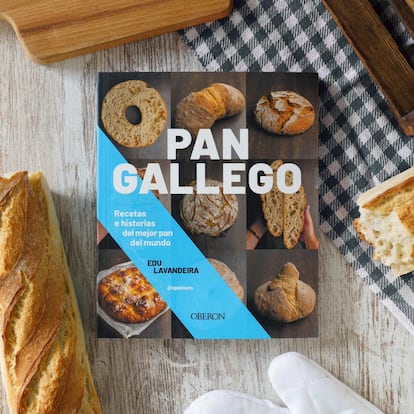
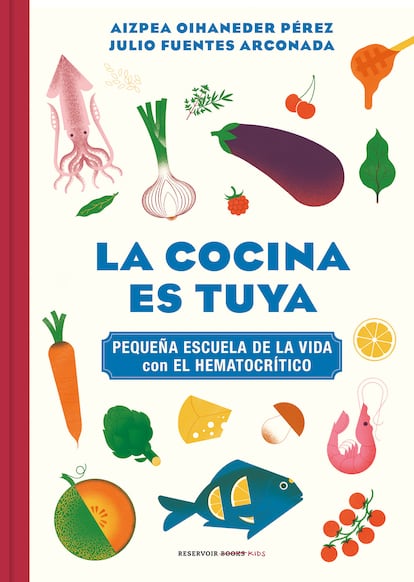
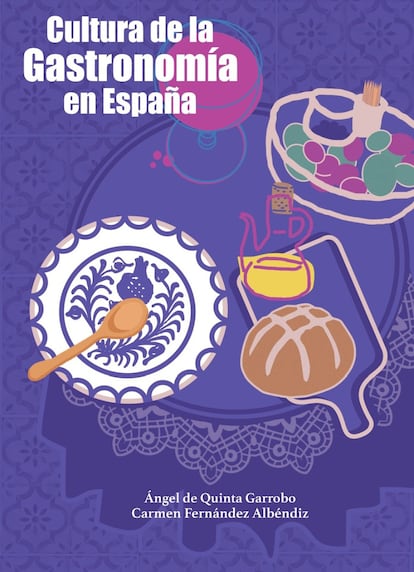

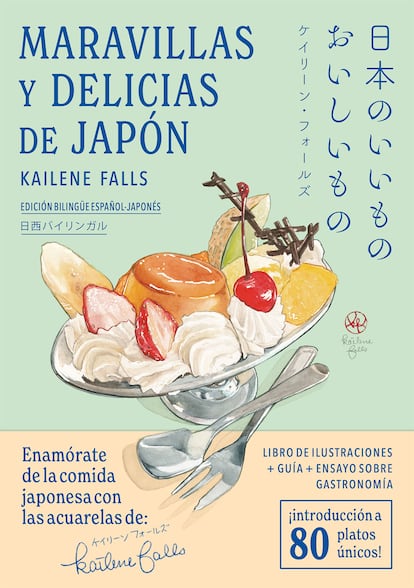
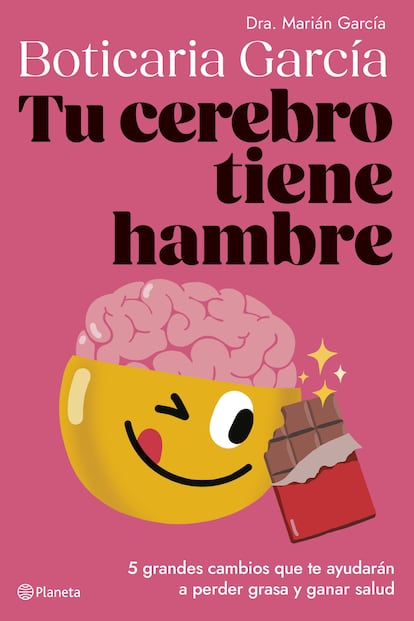
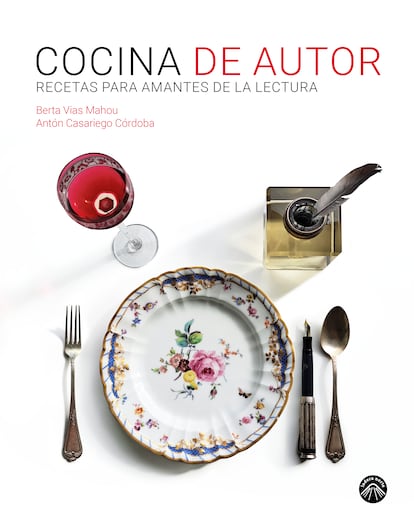
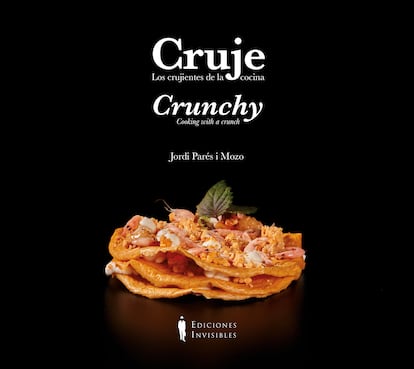
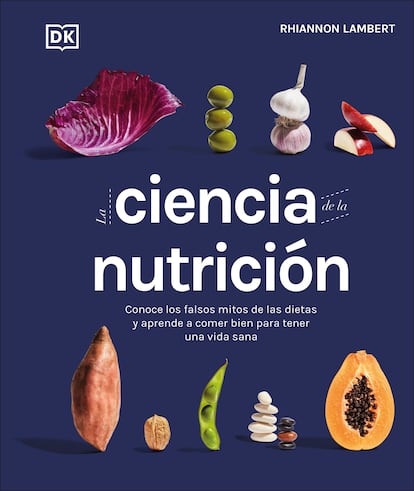
The bread is also crunchy. And aromatic. And delicious to the touch. This is not doubted by Edu Lavandeira, author of the successful book Planet Panwhich now returns to bookstores with a tribute to its land with Galician Bread. Recipes and stories of the best bread in the world (Oberon). The book, in soft cover and with step-by-step photographs, is not only a recipe book of the most popular breads in Galicia, but it is an excellent manual of the region’s baking tradition.
What would cooking be without literature, and vice versa? Literature is a reflection of the ways of living and relating, and cooking, too. With that synergy the very interesting book was born Signature cuisine. Recipes for reading lovers, by Berta Vias and Antón Casariego (Ladera Norte publishing house). A unique and invaluable recipe book that takes us into the kitchens of Mario Vargas Llosa, Gustave Flaubert, James Joyce or Carmen Laforet, among others.
The Chai publishing house has just translated it into Spanish Sweet Bean Paste as Dorayaki, by Durian Sukegawa. A wonderful novel, made into a film in 2015 under the name A pastry shop in Tokyo (directed by Naomi Kawase). It tells the stor
y between an apprentice and a veteran chef of dorayakis (typical Japanese pastries). A delicious story that shows the relationship between both generations, the culture and history of each of them and their way of relating. And since this book takes us to the land of the rising sun, we are going to stay there to discover it, letting ourselves be guided by another of the year’s novelties: Wonders and delights of Japan, by Kailene Falls (Tomodomo Publishing). The illustrator, “an American in Japan”—as she introduces herself—is the author of this beautiful book where, at a single glance, she makes us want to get to know Japan the same way she does: eating and enjoying. The perfect book for foodies those who like art, eating and traveling.
#Ten #gastronomy #books #restless #foodie